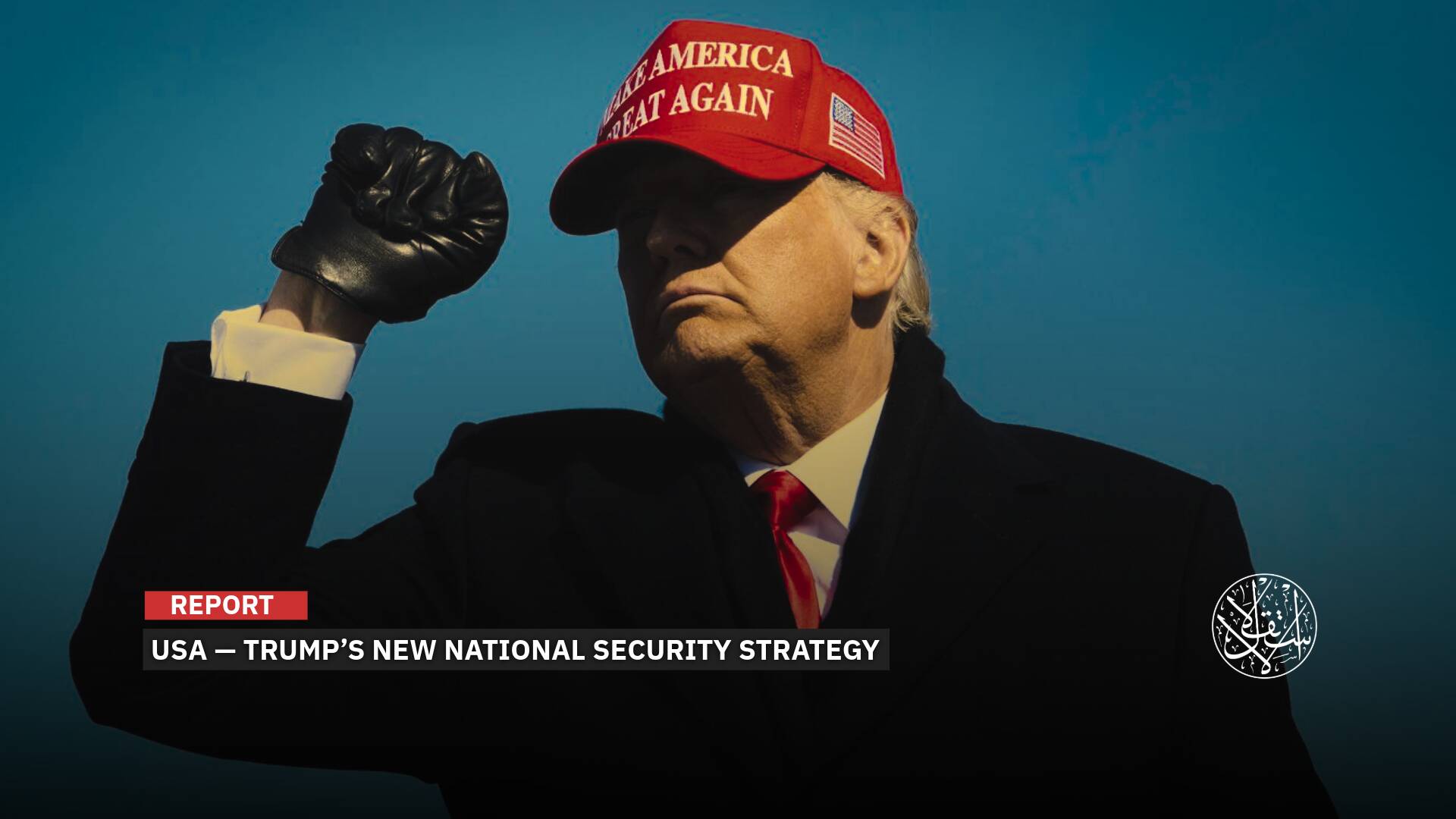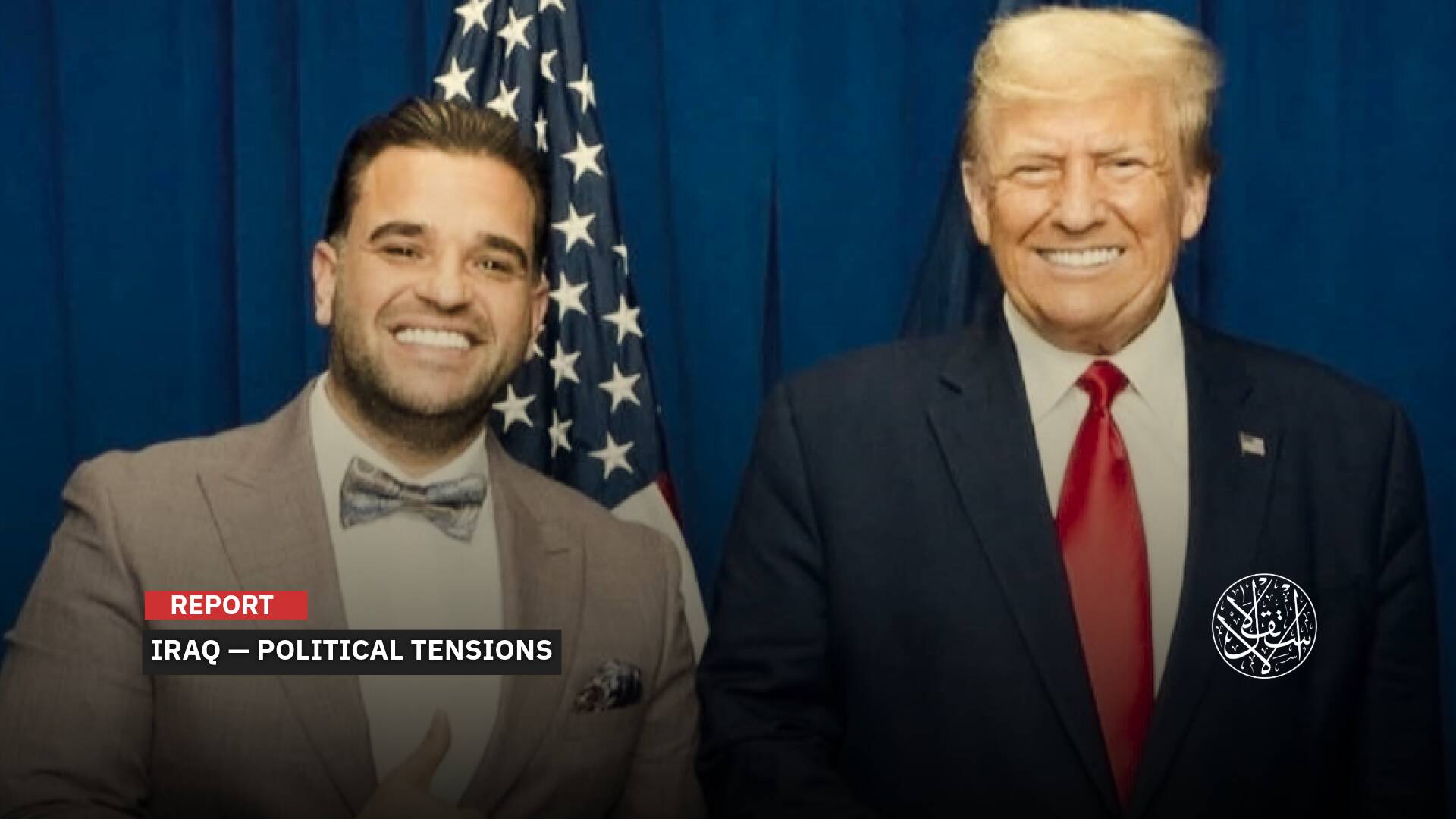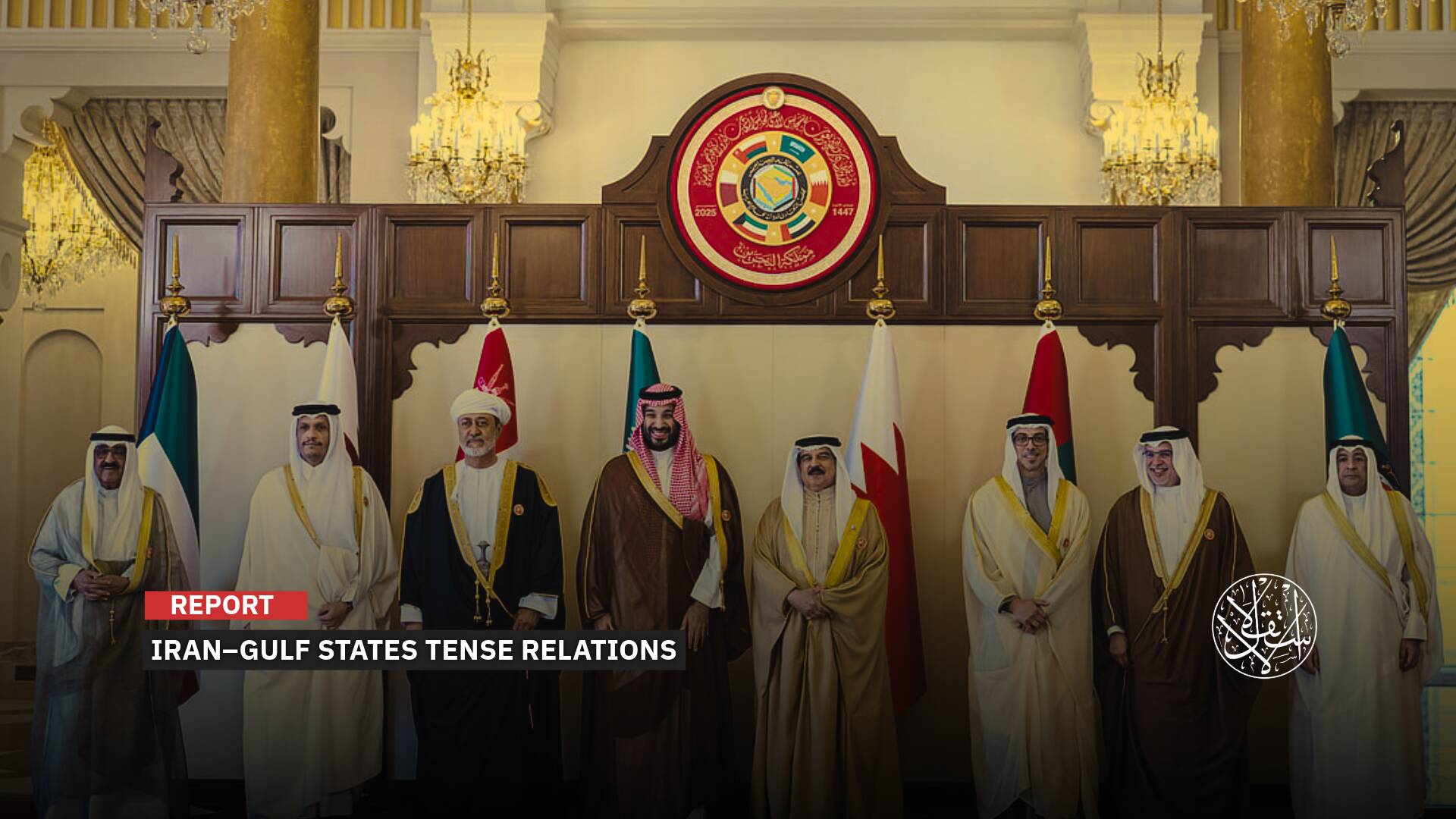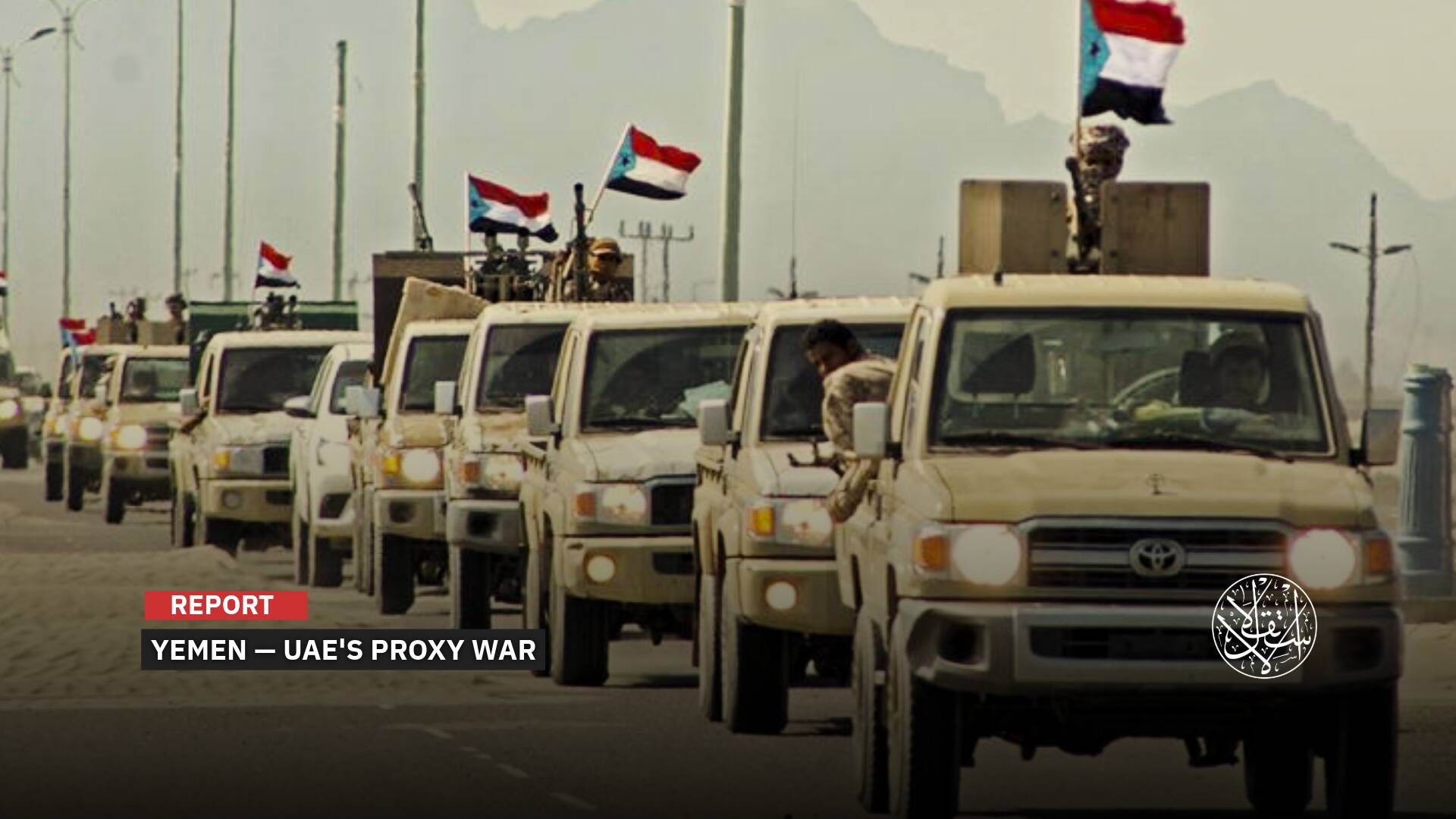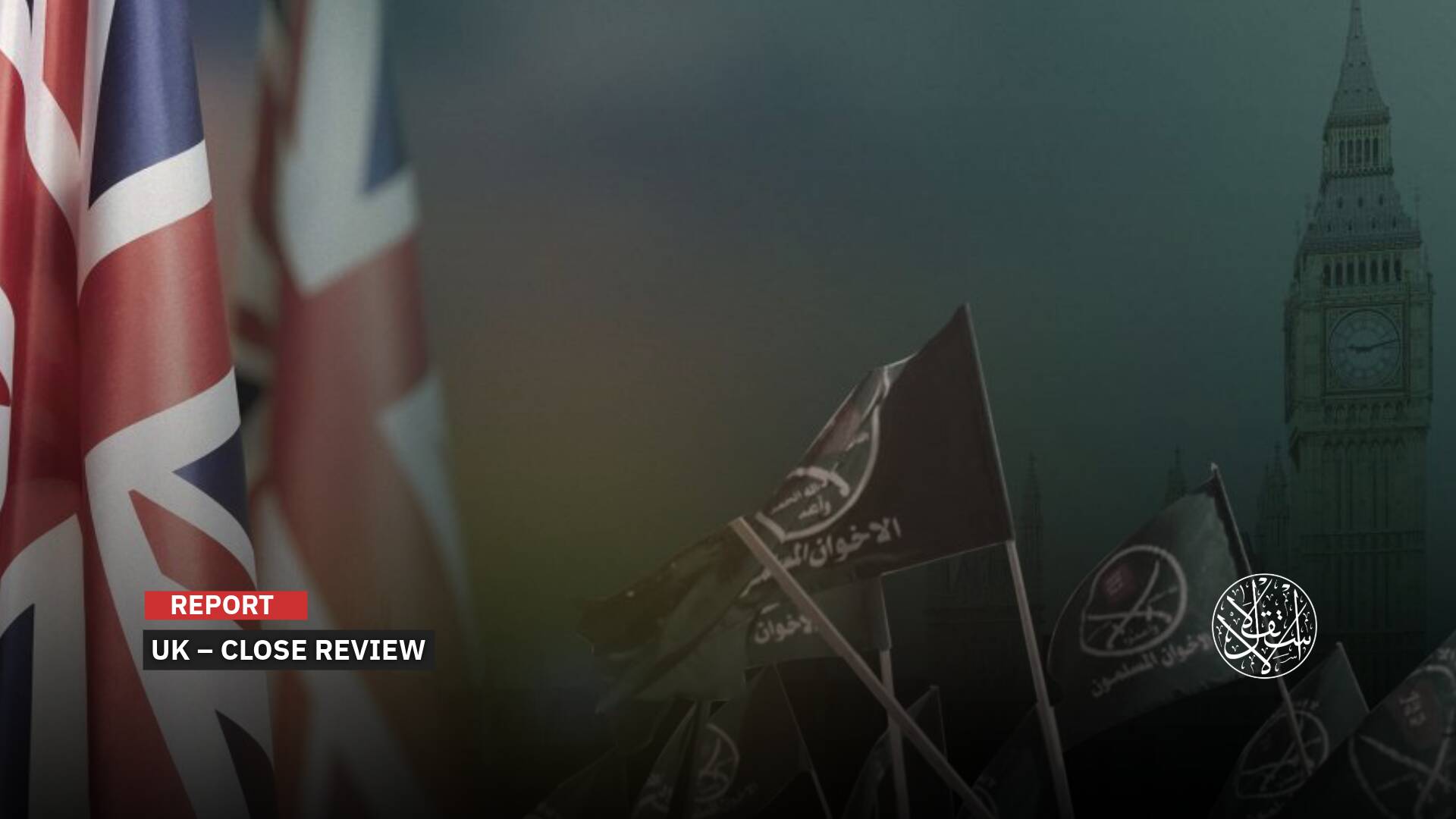Fragile Relations: How Did al-Yasat Marine Increase Tension Between Saudi Arabia and the UAE?

Bin Salman hinted at the possibility of imposing sanctions on the UAE if it did not comply with Saudi Arabia's demands.
Officially, the border dispute between Saudi Arabia and the UAE over the latter's declaration of the Yasat area as a "protected maritime zone" has come to light.
The United Nations published an official document on March 28, 2024, containing a letter from the Saudi Ministry of Foreign Affairs to the UN Secretary-General, Antonio Guterres, stating that the kingdom does not accept or recognize any legal implications of the UAE's declaration that al-Yasat is a protected maritime zone, according to Emiri Decree No. 4 issued in 2019.
Saudi Arabia affirmed its adherence to all its rights under the binding agreement concluded between the two countries in 1947, and therefore does not recognize any measures or practices taken or resulting from the UAE in the region off the Saudi coast.
The UAE's move to annex al-Yasat, and the Saudi complaint that does not recognize the UAE's decision, mark a hot spot for a strong crisis looming between the Gulf regimes.
Al-Yasat Reserve
Al-Yasat Reserve is located in the southernmost part of the Arabian Gulf region and consists of four main islands: Upper Yasat, Lower Yasat, Esam, and Karsha, covering an area of 428 square kilometers. It includes the surrounding waters and many small islands, renowned for its coral reefs, marine grasslands, sandy beaches, and rocky slopes.
In 2009, The National, a local UAE English-language newspaper, published a report on the al-Yasat Reserve, mentioning about 3,000 endangered dugongs, constituting about 20 percent of the global population, making it a haven for researchers and marine biologists.
Al-Yasat is also renowned for its great biological diversity, hosting a variety of desert rabbits, while the coral reefs around the island encompass more than 18 species of rare hard corals.
The major al-Yasat Islands include one of the significant breeding colonies of the "Socotra Cormorant" bird, considered important, with this colony representing one of 15 globally known breeding sites for this species.
Al-Yasat group and its surrounding waters are considered important ecological areas, surrounded by coral reefs that have made it a sanctuary and habitat for many important fish species, including groupers, parrotfish, and sharks.
According to a report by the Egyptian newspaper Shorouk News on April 18, 2024, archaeological surveys conducted in al-Yasat area revealed evidence of human settlement on those islands in the late pre-Islamic period.
Remnants of settlements and other sites indicating the nature of life that the inhabitants lived during that period and the ways of obtaining food resources available in the nearby waters have been discovered.
Several archaeological sites, of international and regional importance, have been discovered in al-Yasat.
Al-Yasat Dispute
The root of the dispute over al-Yasat Reserve dates back to 1947, when Saudi Arabia and the UAE signed a border agreement known as the Jeddah Treaty.
The treaty witnessed Saudi Arabia's recognition of the UAE as an independent state in exchange for the UAE's submission to Saudi Arabia's desire to relinquish a 50-kilometer border strip separating the UAE from Qatar.
The main reason for this condition was to ensure that there would be no alliance between the UAE and Qatar, which would be a strong alliance extending its control over the Gulf region and threatening Saudi Arabia's influence as the dominant power in the region.
The Jeddah Treaty was supposed to settle this conflict, but it has not been ratified by the UAE to date.
Since 1975, the UAE has opposed it after noting the discrepancies between the oral agreement before signing the treaty and the final written text of the treaty itself.
In 2005, matters between the two countries in this regard took a different turn when the UAE President (at the time) Khalifa bin Zayed, for the first time, declared that al-Yasat was an Emirati-protected area under Emiri Decree No. 33.
However, dramatic escalation between the regimes occurred in 2009 when Riyadh and Abu Dhabi entered into a difficult dispute when the UAE issued new maps showing Khor al-Adaid and al-Yasat as part of Emirati territorial waters.
At that time, Riyadh made a decisive decision to ban UAE citizens from entering Saudi territory with identity cards as usual.
This was in protest against Abu Dhabi's change of its geographic map on identity cards.
After that, the UAE Ministry of Foreign Affairs responded to the Saudi decision by urging its citizens wishing to travel to Saudi Arabia to cross the kingdom's territory by land to Gulf Cooperation Council countries using their passports instead of identity cards.
In June 2009, Saudi Arabia halted thousands of commercial trucks at the border crossing between the kingdom and the UAE as a result of tensions.
This was attributed to part of enhancing control over the entry of cars from the UAE into its territory.
The most dangerous step was in 2010 when relations were on the verge of severance between the two countries when two UAE boats fired at a Saudi boat in the disputed al-Yasat area.
Two Saudi border guards were detained, and to this day, the maritime boundaries between the two countries remain unresolved, threatening the continuation of diplomatic harmony between them.

Other Disputes
According to a research study published by Chatham House, a research center based in London, in early July 2020, Saudi Arabia and the UAE are experiencing longstanding border disputes despite the alliance between the two countries, which had previously led a military coalition in Yemen, in addition to their agreement to sever diplomatic relations with Qatar, along with Bahrain and Egypt as well, a Gulf dispute that ended with the signing of the Al-Ula Declaration at the beginning of 2021.
The origins of this competition between the two countries can be traced back to regional conflicts and family policies that preceded the UAE's independence.
The study mentioned that Saudi Arabia refused to recognize the establishment of the UAE until the dispute and other border issues were settled ultimately in 1974.
Before the unification of the UAE (in 1971), strong disputes occurred between Saudi Arabia and the rulers of Abu Dhabi. In 1949, Saudi Arabia collaborated with Aramco employees to encroach into Abu Dhabi's borders to access oil.
In 1954, the conflict between Saudis and Emiratis reached international courts for the first time, 17 years before the establishment of the UAE.
The British center noted that international arbitration efforts in Geneva, Switzerland, failed miserably due to Saudi pressures on the arbitrators.
It was rumored at the time that Saudi Arabia sent envoys to Sheikh Zayed Al Nahyan, the founder of the UAE, and the ruler of al-Ain at the time, offering him financial incentives in exchange for granting the kingdom 50 percent of the oil extracted from its territories, especially the Buraimi Oasis.
Also, the UAE accuses the kingdom of seizing the Shiba oil field (producing about 500,000 barrels per day) on the border between the two countries and requested Riyadh to benefit from its revenues, a request that Riyadh rejected.
In 1999, the UAE boycotted the Gulf Cooperation Council foreign ministers' conference in protest against Saudi Arabia's failure to involve it in benefiting from the revenues of the Shiba field.
Bin Salman's Threat
The Saudi complaint regarding the al-Yasat Reserve is not separated from the recent disputes between the neighboring countries.
More than a year has passed since the last meeting between Saudi Crown Prince Mohammed bin Salman and the UAE President, Mohammed bin Zayed, who did not participate in the Arab summit called for by bin Salman coinciding with the visit of Chinese President Xi Jinping to Riyadh in December 2022.
Also, bin Salman was absent when bin Zayed met with Arab leaders in the UAE in January 2023.
There are many recent indicators that suggest the "honeymoon period" between bin Zayed and bin Salman may be ending, as bin Salman seemed to gradually withdraw from under the umbrella of his former Emirati supporter and began to compete with him for control of the Gulf, especially with the diminishing presence of the United States in the region.
In July 2023, The Wall Street Journal published a report revealing disagreements that could undermine relations between Riyadh and Abu Dhabi, to the extent that bin Salman attacked the UAE and described the positions of its officials as "a stab in the back."
The American newspaper clarified that bin Salman threatened during his meeting with a group of journalists in December 2022 with the possibility of imposing sanctions on the UAE if it did not respond to Saudi Arabia's demands, and that these sanctions would exceed what happened with Qatar during the Gulf crisis that erupted in 2017.
Sources
- After Saudi Arabia's complaint against the Emirates, al-Yasat issue has come to the fore again [Arabic]
- Al-Yasat: The story of the Arabian Gulf Reserve, which dates back to pre-Islamic times by about 20 thousand years [Arabic]
- Risk Perception and Appetite in UAE Foreign and National Security Policy
- Move to extend Al Yasat reserve



